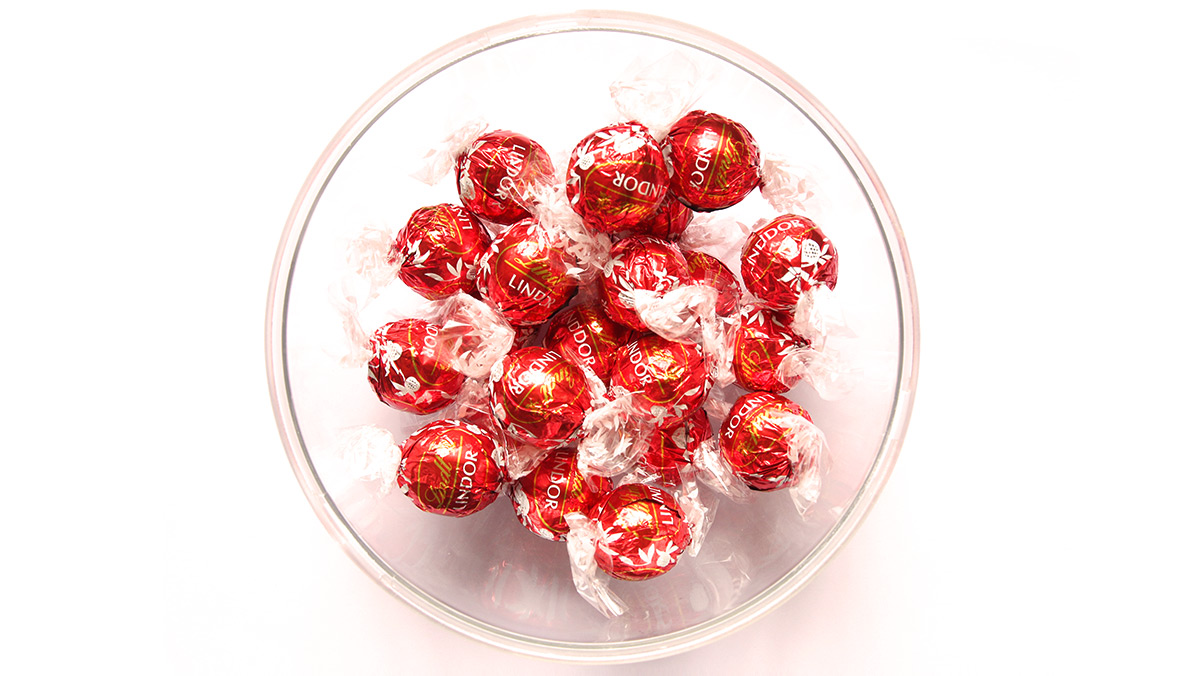
Back in the 14th century, Pope Boniface VIII had a church to decorate. He asked a bunch of painters to submit their best work to get the job. Sounds familiar? Painters fiercely started conceptualizing, seeking references, and demonstrating skills by painting Jesus, Mary, or other biblical “superstars”. Smart-ass painter Giotto sent a simple sketch of what he believed best proved his talent: He drew a circle. A perfect, red circle.
Now, that is obviously total nonsense. The circle wasn’t perfect. It was hand-drawn. It was the little anomalies in the circle’s line that gave away it was drawn by hand. It wasn’t as perfect as say, the moon or a ripple in the water surface. At best, Giotto’s circle was ‘remarkably close’ to perfection.
Giotto’s story makes one thing clear: perfect is boring as f*ck. Perfection leaves no room for improvement. It’s the evil murderer of ambition. For use in the food industry, this touches upon a delicate matter. When we shoot food, we often see our agencies and clients struggle. Which degree of perfection triggers that ‘i-need-that-in-my-face-now’ kind of desire? At which point does it become unrealistic, clinical, or just plain boring? We then cook up phrases like ‘perfectly imperfect’. I’ve heard German agencies call it a ‘could-be-you’ moment. Magnum describes little bubbles and undulations in the M-stamp on their product as a symbol of craftsmanship and human involvement. When we shoot the Upside Down Chicken Supreme Deluxe burger, it is crafted to perfection. Each delicate dollop of sauce is carefully measured and positioned. Each leaf of lettuce is clipped in exactly the right shape. Then we proceed to seemingly random drop sesame seeds on the studiously crumpled baking paper.
If aliens would observe this mating dance of schizophrenia, they’d leave the planet shaking their head in disbelief and report back home there’s nothing to obtain here.
How does this work for brands? It’s not coincidental that just one out of the 12 brand archetypes even refer to perfection: the Ruler. Brands of the Ruler type tend to be technocratic and authoritarian. They celebrate mastery and are deeply passionate about competence and excellence. In the world of food, Lindt is an example. The chocolate brand consistently shows a master chocolatier meticulously finishing a perfect chocolate bar. He inspects it as if he’s cutting a precious diamond. The platform does not leave much room for emotion or human interaction. Neither is it very dynamic. Most importantly, it isn’t market-oriented – it is self-oriented. The brand compensates by inviting humans over to their Lindt Chocolate Museum. Or wait….it’s again about themselves. See?
Make no mistake, Lindt is a beautiful brand with a great legacy and a unique ‘premium-for-the-masses’ positioning. You can trust the Swiss with consistency and technical excellence. They have created distinctive brand assets that many others can only dream of. The brand has outlived every human being on the planet. But I’m pretty sure the marketing department and the C-suite regularly cross swords about approachability, emotional storytelling, and loosening the f*ck up.
Giotto did win the church painting business. Perfection had nothing to do with it, simply because it did not exist. What the circle represented won him the job. That, and the size of his balls.
—
As Brandingmag reached its 10th anniversary this year, we’re putting together an original series that envisions a perfect future for branding. Ten articles will explore ten different sides of branding, each one through the eyes of an expert on the subject. Join our celebration and stay tuned for the next installment in the “Branding’s Perfect 10” series.
Previously: Kevin Perlmutter on emotion
(Branding’s Perfect 10 – The Hearts and Minds)
Next: Glenn Matchett on PR
(Branding’s Perfect 10 – The PR Afterthought)
Cover image source: Glen Carrie